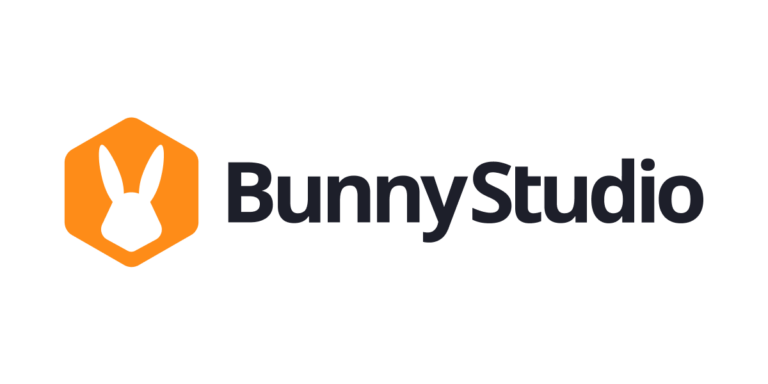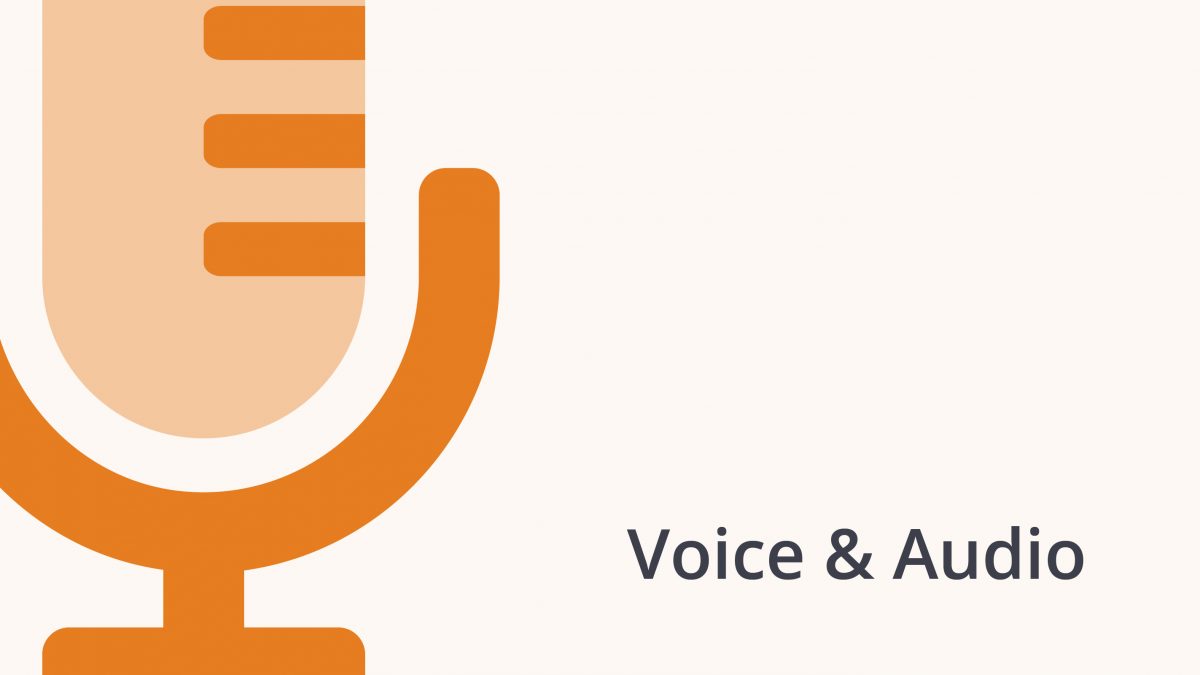The gig economy provides a growing opportunity for workers and businesses alike. And while it is developing extremely quickly, there are some valuable insights in the gig economy trends that can help in decision making.
With the rise of platforms such as Airbnb, Uber, and Bunny Studio, more professionals are doing gig work full-time as well on a part-time basis. For many, the gig economy offers a solution to their quest to achieve more flexibility compared to a traditional job.
Gig Economy Worker Set-ups
Technology is one of the biggest factors that enabled the gig economy to grow so quickly. With a smartphone in hand, anybody can work from anywhere. However, not all gig workers are the same.
Professionals who work in the gig industry can be divided into two main types. First are the independent gig workers such as online platform workers and independent contractors. These people have the luxury to be their own boss and can enjoy the full benefits that the gig economy offers.
The second type of gig workers includes contingent gig workers. Unfortunately, these professionals are not as fortunate as independent gig workers since they perform their work similar to traditional employees. The only difference is they cannot claim traditional benefits. To illustrate, 82 percent of traditional employees strongly agreed that they receive their salary on time. However, less than 70 percent of gig workers have the same answer.
According to Gallup, independent gig workers score higher in a series of career-related survey questions compared to contingent gig workers. These areas include passion about work, healthy work-life balance, and flexibility. And this is one of the gig economy trends that is likely to continue.
More High-Paying Jobs Will Open
When most people think of the gig economy, the first job opportunities that come to mind are Uber drivers and freelance artists. Although these roles will still be a huge part of the gig economy, high-paying top positions will also become more common.
Since the pandemic, many companies have realized that complex management tasks can still be done even if managers and executive directors are following a work-from-home set-up. Workers do not have to work with their team members face to face.
Most leaders of companies will want to switch to contract workers to fill top positions to save money, especially considering the cost of employee benefits can be as much as $11.60 per hour.
Automation May Present a Challenge
A huge part of the success of the gig economy is due to technology. Without computers, the internet, and phones, many companies would find it challenging to hire and communicate with gig workers. However, technology can also make way for challenges in the future.
In the coming years, widespread automation and AI are expected to change production processes and how work gets done. When this happens, companies have two choices: will they implement automation to support their gig workers, or will they hire workers to support automation?
As an example, Uber CEO Travis Kalanick has expressed that he loves the idea of autonomous vehicles, and he would replace human drivers with an entire self-driving fleet.
On the flip side, some companies simply want to use automation in a way that helps the people working in the gig economy. Companies like Nu Skin prioritize human experience above all else and believe that the gig economy should create new opportunities for professionals and not take them away.
The Stigma Related to Gig Workers Will Disappear
Although the gig economy is not a new thing. It has been the employment of choice for millions of people for decades. But there is still a bit of a negative social stigma attached to it. In short, many people view people that work from home as not the same as working at an office.
A full-time employee that climbed the ranks from an intern to an executive has indeed experienced a successful career. But this professional is no more successful compared to a gig worker who has the same position. Despite this, the success of gig workers is undermined by many. Not all people realize that the effort, time, and dedication that traditional and freelance executives contribute to finishing a task in their chosen work environment is the same as those that choose to work from an office.
With more people wanting to become a part of the gig economy, the somewhat negative stigma sometimes associated with freelancing will slip away. This is one of the gig economy trends that will make a better environment for all workers.
Services Will Soon Be Widely Available for Gig Workers
Every year, professionals like accountants send invitations to companies and businesses to take care of their needs. Over time, the range of services that are transferred online is likely to expand.
Also, as the number of freelancers climbs, the need for accounting and other services will also increase. This is because many gig workers will be responsible for providing more services to comply with laws and successfully manage their careers.

There Will Be More Regulations
One of the shortcomings of the gig economy is the lack of regulation that protects gig workers.
The effort of many companies to increase their profits and cut costs has paved the way for new challenges today. Because gig workers are not employed in a traditional sense, they often miss out on many work-related benefits, such as insurance, and pension, among many others. More than that, the rules that govern the number of working hours are also lacking. This is cause for concern, especially for drivers.
The gig economy is still in its early stages. This is why the current labor regulations are still focused on traditional employees. But with the increase in gig workers, laws will soon change. It is expected that benefits and working hour regulations will expand to include gig workers.
More than that, there will also be new regulations focusing on retirement. A lot of gig workers do not receive 401(k) or pension benefits, and they are left to plan their retirement on their own. Although they contribute self-employment taxes, retirement structures must expand to cater to gig workers. Professionals that are part of the gig economy qualified for unemployment benefits during the pandemic, and this is proof that the government is acknowledging this growing part of the workforce.
Currently, gig workers still do not have the right to form a union because they are not considered employees. However, the National Labor Relations Board has been calling for change since 2019.
With potential changes to these regulations, the power of workers’ unions may grow. Unions of gig workers may follow the same structure as unions that look out for traditional employees. This group will help gig workers secure important benefits such as healthcare.
HR Will Make Way for Gig Workers
HR is one of the most integral departments of any company. Unfortunately, the department’s role is not the same for gig workers compared to traditional employees. This is because HR departments are often tasked with complying with company guidelines. They may have limited ability to initiate change in many traditional workplaces. This becomes a problem for companies that still have leaders who refuse to embrace a blended workforce.
Co-Working Will Be on the Rise
One of the misconceptions about freelancers who do online work is they always do it alone. Loneliness drives gig workers to work outside their homes, and because they can’t always find a seat at their favorite coffee shop, they resort to co-working spaces. Around 8 percent of remote gig workers do their work from co-working spaces, and that number is likely to increase.
Working from home can make people feel depressed and lonely. This is extremely unhealthy and can even slow down productivity. To solve this, gig workers “work alone, together.” While the price of co-working facilities is sometimes quite high, gig workers often see this as a worthwhile trade-off.
After all, it has been found that loneliness can be as dangerous as smoking and obesity. Co-working spaces give gig workers an alternative way to feeling more connected to other people in real life and not just in the digital realm.
More Gig Economy Companies Will Support Talents
The competition is tough not only for gig workers but also for platforms that compete today. To stand out, more platforms will be launching an expert network to train their members to do better work. There will also be more effort in recruiting gig workers. Platforms are also now ready to give their top-performing talents better incentives in hopes of retaining their loyalty.
More Investors Are Open to Investing in Startups
Inspiring investor interest has always been a problem for developing startups that aim to hire gig workers. However, one of the major impacts of COVID-19 is that it has enhanced investor confidence in the future of this work set-up. Therefore, they are now more likely to invest in startups so they can ride the high of the gig economy revolution.
Because of this, more professionals can realize the benefits of working as part of the gig economy. For example, lawyers and accountants are professions that traditionally worked in offices. But this belief is changing due to gig platforms that enable them to take short-term assignments online and work at home.
The expanding gig economy platforms may have disrupted traditional companies and agencies, but it has also provided a good source of income for professionals, such as project managers, scientists, wellness instructors, doctors, and even masseurs, among others.
Gig Economy Trends Will Continue to Shape the Nature of Work
The gig economy trends will continue to make waves in every industry around the globe. And with change comes growth. If there’s a common thread to weave together all the trends we see today, it’s that the value of gig workers will increase. And the opportunities made available by the gig economy will continue to grow and reward workers and employers alike.










